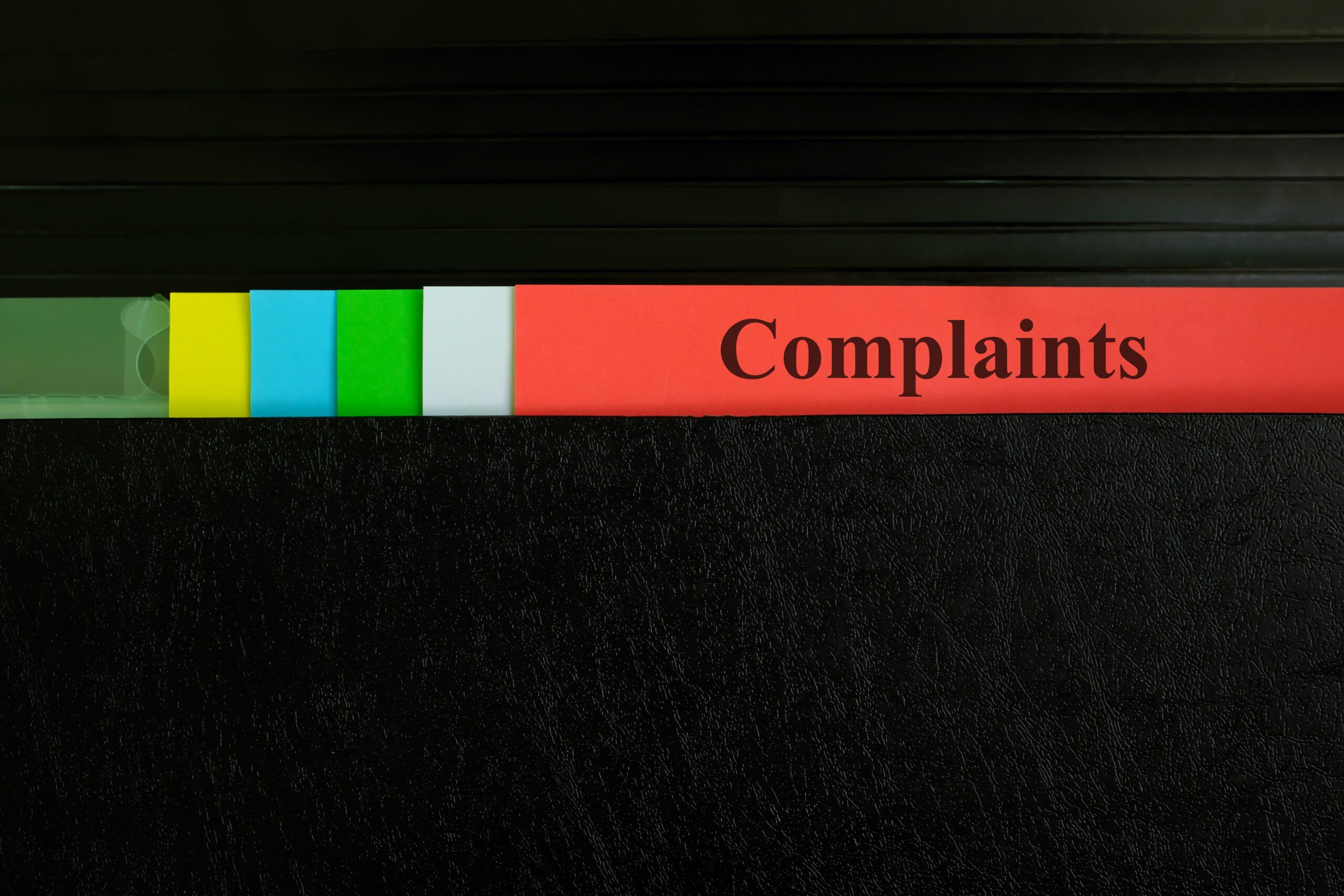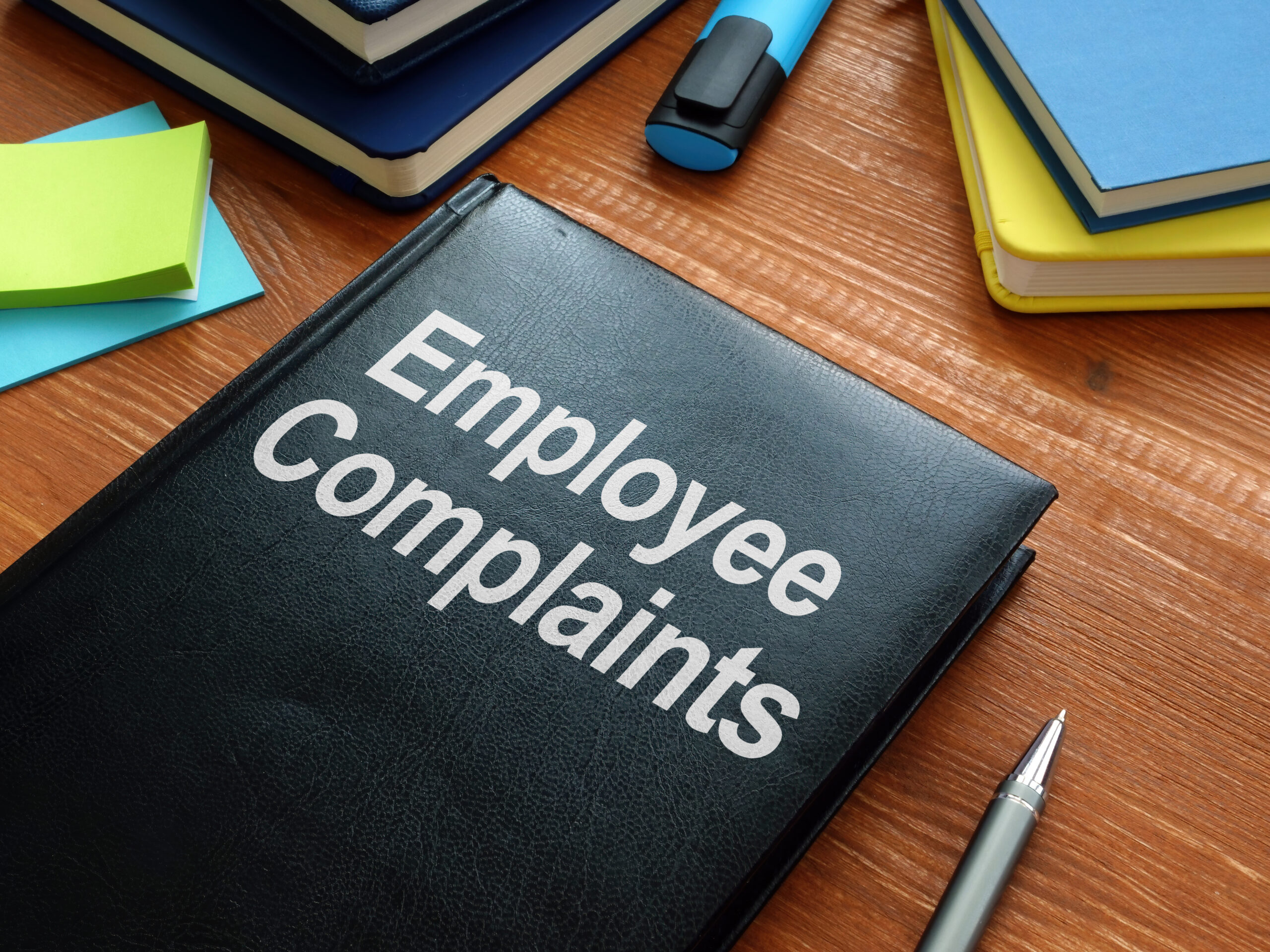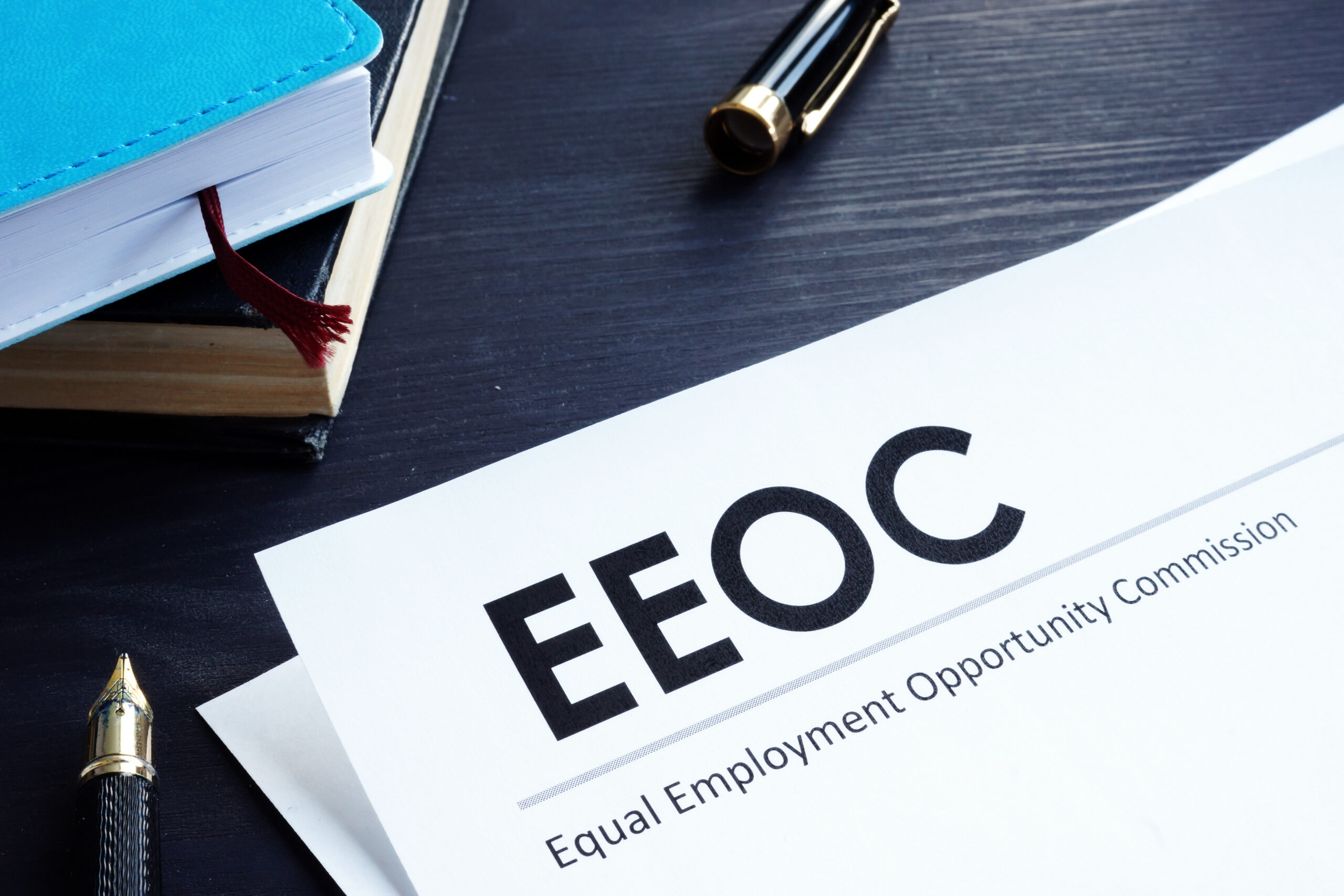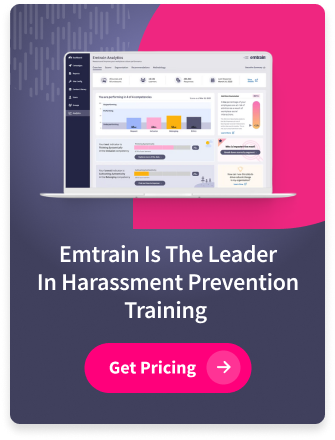Receiving a notice from the Equal Employment Opportunity Commission (EEOC) is never easy, but understanding how to respond to an EEOC complaint as an employer is critical to protecting your organization and maintaining trust with your workforce.
Whether the complaint stems from allegations of workplace discrimination, harassment, or retaliation, the way your organization handles the EEOC charge sets the tone for how seriously you take your legal obligations—and your workplace culture.
In this blog, we’ll walk you through the employer’s responsibilities, timelines, and best practices for responding to an EEOC complaint, using real-world insights that reduce risk and strengthen internal practices.
What Is an EEOC Complaint?
An EEOC complaint, or charge of discrimination, is a formal allegation filed by a current or former employee (or applicant) asserting that they experienced discrimination on the basis of a protected class under federal law—such as race, sex, age, disability, religion, or national origin.
The EEOC is the federal agency that investigates these claims and determines whether there’s evidence to support them. If you receive a notice from the EEOC, it means someone has filed a charge against your business.
Step-by-Step: How to Respond to an EEOC Complaint as an Employer
1. Take the Notice Seriously and Stay Calm
The first step is to acknowledge receipt and inform the appropriate people in your organization, including HR, legal counsel, or your compliance team. Do not ignore the notice. The EEOC provides a strict deadline—typically 30 days—for submitting your employer response.
2. Conduct an Internal Review Immediately
Before you prepare your formal position statement, launch an internal investigation. Gather relevant documentation (emails, performance reviews, policies, etc.), interview managers or witnesses, and review the complainant’s file.
This step is crucial for uncovering the facts and determining whether your company may have violated any policies or failed to provide reasonable accommodations.
3. Prepare a Clear and Accurate Position Statement
The position statement is your opportunity to respond to the allegations in writing and explain your side of the story. A strong position statement should:
- Address each claim specifically
- Include relevant facts and supporting evidence
- Reference applicable company policies
- Avoid retaliation or inflammatory language
If the EEOC opens a full investigation, your position statement will be a key part of the review.
4. Submit Your Response Before the Deadline
Timeliness matters. Failing to meet the EEOC deadline can lead to a default judgment or escalate the case. Submit your position statement and any supporting materials via the EEOC’s Digital Charge System or through your attorney.
5. Cooperate with the EEOC Investigation
The EEOC may request additional documents, interviews, or site visits. Cooperate fully and maintain a professional tone. You may also be invited to participate in mediation, which can be a cost-effective alternative to litigation.
Employer Best Practices After Receiving an EEOC Charge
Even if the complaint is ultimately dismissed, receiving an EEOC charge is a red flag. It’s an opportunity to:
- Review your policies on discrimination, harassment, and retaliation
- Train managers and supervisors on proper workplace behavior and legal compliance
- Use tools like Emtrain’s harassment prevention and DEI training to build a respectful, compliant culture
- Document all corrective actions and follow up with any employees involved
The Cost of a Poor Response
Improper handling of an EEOC complaint can result in:
- Costly legal fees and potential damages
- Reputational harm to your company
- Loss of employee trust
- A possible civil lawsuit following the EEOC investigation
Employers who prioritize proactive communication, manager training, and risk analytics are better positioned to prevent claims and respond effectively when they arise.
How Emtrain Helps Employers Navigate EEOC Risk
At Emtrain, we help companies proactively prevent employment discrimination through interactive training, real-time risk analytics, and communication tools that build inclusive, compliant cultures. Our solutions give employers the skills and insights to identify and fix behavior trends—before they become legal claims.
If you’ve received an EEOC complaint—or want to reduce the risk of one—don’t wait until it’s too late. Emtrain’s platform empowers your team with expert content and data-driven insights to build a workplace where respect, inclusion, and accountability are the norm.
Conclusion
Knowing how to respond to an EEOC complaint as an employer is more than a legal obligation—it’s an opportunity to improve your organization. A prompt, thoughtful, and well-documented response can reduce legal exposure and demonstrate your commitment to a fair workplace.
Want to stay ahead of the curve? Explore Emtrain’s EEOC compliance training, manager coaching, and culture analytics to prevent problems before they arise.








